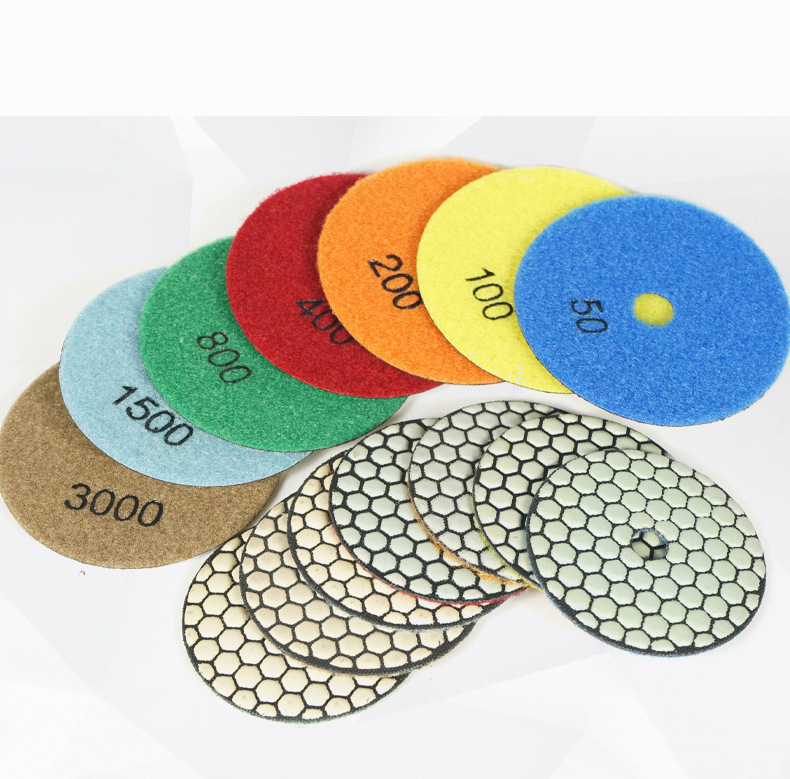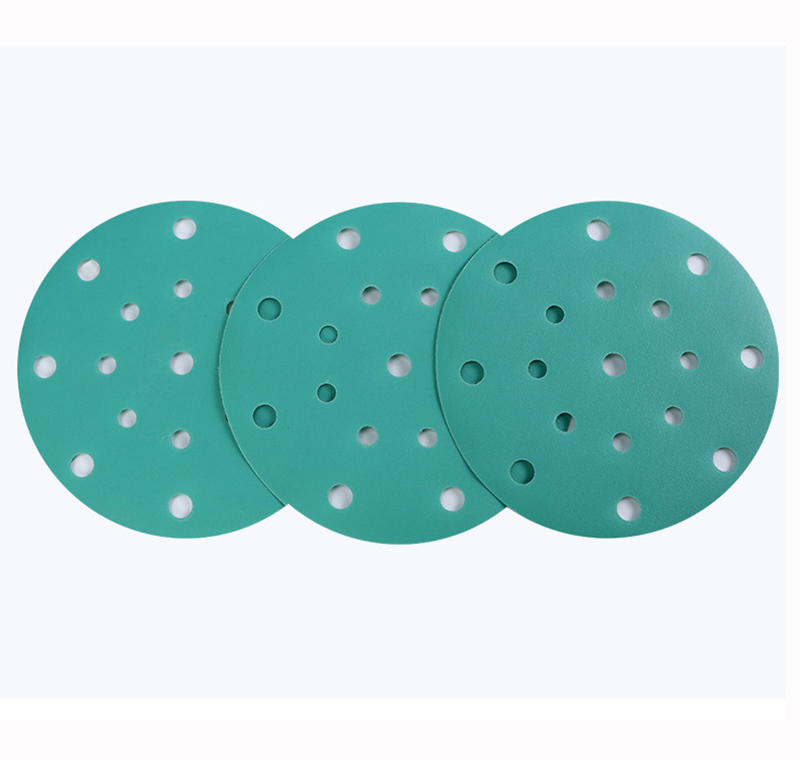Abrasive hardness refers to the degree of difficulty of the abrasive particles on the surface of the abrasive to fall off under the action of external forces, that is, the firmness of the abrasive binding agent to hold the abrasive particles.If the abrasive particles fall off easily, the hardness of the abrasive will be low, and vice versa, the hardness will be high.
The choice of abrasive hardness mainly considers the grinding efficiency and the quality of the processed surface. The abrasive is well selected, the blunt abrasive particles are not easy to fall off, the grinding wheel is easy to clog, the grinding heat increases, and the workpiece is easy to burn, which affects the surface quality of the workpiece. The grinding efficiency is low. If the abrasive is selected too soft, the abrasive particles will fall off when they are still sharp, which increases the loss of the abrasive tool, and at the same time it is easy to lose the correct abrasive geometry, which affects the machining accuracy of the workpiece, so the choice of abrasive hardness should be moderate.The relationship between abrasive hardness and surface roughness is shown in Figure 9.
Figure The relationship between abrasive hardness and surface roughness

(1) When forming, grinding and grinding intermittent surfaces, the hardness of the abrasive should be higher.
(2) The hardness of the abrasive tool should be softer when plane grinding, and the hardness of the abrasive tool should be softer when the end face grinding is better than that of the circumference grinding.
(3) The hardness of the abrasive tools selected for inner circle grinding is higher than that of outer circle and plane grinding.
(4) When sharpening tools, choose soft abrasive tools.
(5) The hardness of high-speed grinding abrasives is 1-2 grades lower than that of ordinary grinding abrasives.

Abrasive hardness selection principle:
(1) When grinding hard materials, choose softer abrasives, and when grinding soft materials, choose harder abrasives.
(2) When grinding soft and tough non-ferrous metal materials, the hardness should be softer.
(3) For grinding materials with poor thermal conductivity (alloy steel, cemented carbide, etc.), softer abrasives should be selected.
Selection of abrasive hardness under different grinding methods
The hardness of the abrasive tools used for cutting and grinding the outer circle is softer than that of the outer circle used for longitudinal feed grinding. The cutting method grinds workpieces with high geometric shape requirements such as small corners, arcs or right angles, and busbars, and the hardness of the abrasive tools is 1-2 grades higher.

Post time: Jan-13-2023







